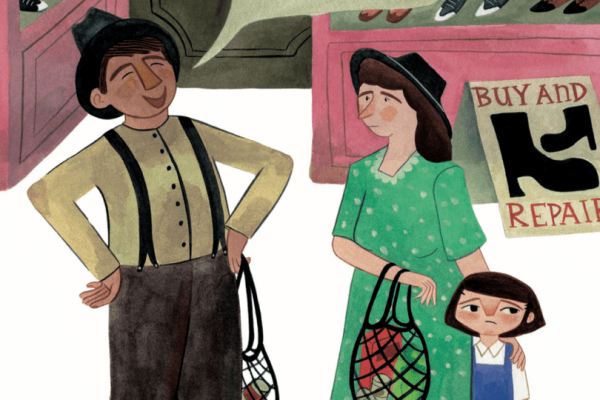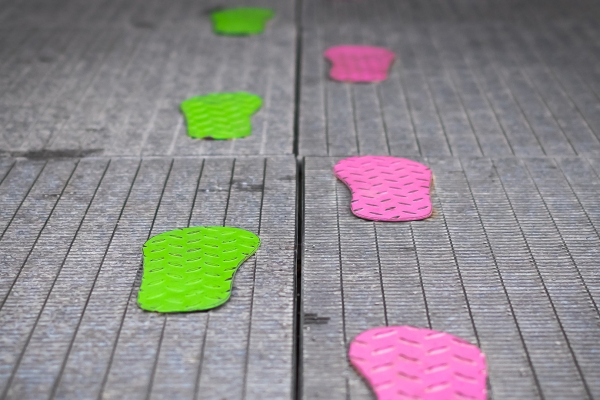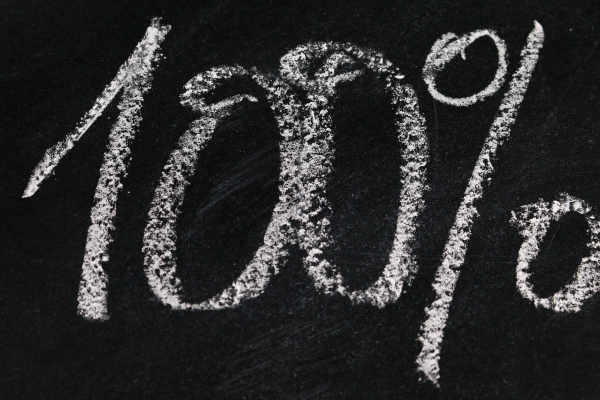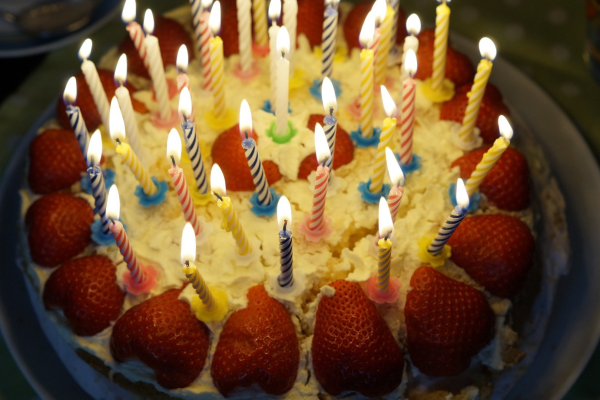At the moment, one of our favoured bedtime stories is Dr Xargle’s Book of Earth Tiggers. It’s a shrewd observation of a life lived with cats, most of which goes right over Ramona’s head but she enjoys it anyway.
It also features this page:
And Ramona always says “why is the man made to step on the hairy pudding?”. After having tried to explain hairball humour, we then have this conversation, every time:
Me: How do you know it’s a man?
Ramona: Because it’s a he not a she.
Me: How do you know?
Ramona: Because it is.
Me: What makes it a he?
Ramona: He’s wearing he clothes.
Me: Ramona, have you ever worn blue and white?
Ramona: Yes of course, silly!
Me: Well, what colour are boy clothes?
Ramona: ALL colours!
Me: What colour are girl clothes, then?
Ramona: All colours! *laughs*
Me: (knowing she has worn a skirt or dress all of five times in the past year, because she chooses her own clothes much of the time and prefers trousers) Do you wear trousers and pyjama bottoms?
Ramona: Yes.
Me: So if you wear trousers, and blue and white, and stripes… how do you know this is a he?
Ramona: Because it is.
Perhaps I’m being a bit disingenuous here, because I too can see it’s meant to be a man. I know what cues I’m looking for, even if I think they’re silly ones – and obviously so does she, even though she can’t fully articulate them yet. And she’s just 3 years old. If she’s already categorising people according to markers she barely comprehends, that’s really quite worrying.
Yes, it matters. It might be a very small thing in the grand scheme of things, but lots of small things make up big and scary things, so we start here. Let me make it clear that I do not expect this to be of importance to every feminist, much less every person, but I personally think it’s something worth noting.
So I’ve noted it. And now, one way or another, so have you.











This is a very interesting topic. I’m not entirely sure what to make of it, especially as I grew up in a household with traditional gender roles, watching a lot of Disney and wearing a lot of pink, but still consider myself a feminist who deserves respect and can achieve anything if I work hard enough.
I have ridiculously fair-skinned, white-haired children who just happen to be boys, and due to a combination of the colour suiting them very well and the fact that we’ve relied a lot on hand-me-down clothes, they wear a lot of blue.
They have a couple of bits of pink and purple, and dolls and kitchen sets to play with, but I’m not deliberately going out of my way to dress them in a way that would draw attention, unless it was something they really, really wanted.
I guess there are really two things to consider:
1. Where’s it coming from, is it being delivered in an innocent way, and is there any way to minimise or off set the impact?
and
2. What are the implications? Is it really a snowball effect from markers to prejudice? If so, what are your thoughts on juggling your Disney geekdom with parenting goals?
The concept and potential impact of gender conditioning are not something I fully understand and I’d love to hear further perspectives.
Thanks for being patient with me while I got to replying! I do appreciate you reading and commenting, and these are always complex issues.
1. It’s coming from everywhere, some of it is innocent, and the only way I know of to offset the impact is to keep having these conversations. And kee having them publicly, so that it draws the attention of others who might not have thought about it.
2. Yes. Yes, it’s a snowball. I really do believe that. It would take several weeks and a longer comment thread than the Bible, War and Peace and the Complete Works of Shakespeare to explain why, but here are some great resources I recommend to get started: The Pigtail Pals & Ballcap Buddies Facebook page, Dr. Lise Eliot’s Pink Brain, Blue Brain (I think I have that somewhere, or I might have lent it to someone – if I find it I’ll tweet you and happily send it to you!), the Brave Girls’ Alliance, the @GenderDiary Twitter feed… there are lots, but that’s somewhere to begin if you haven’t already!
As for the Disney thing… well, that’s a whole other post. I think part of it for me is that I grew up with (largely animated) films that I loved and parks that still feel like home – not a solid wall of merchandising. And in isolation – aside from the increasingly tiny waists and huge eyes that Glen Keane needs to answer for – I don’t think there’s really a problem with Disney princesses. Rapunzel saves Flynn’s ass many more times than he does hers (and he has to do it by compromising her natural abilities – she just uses her moxie and a frying pan). Belle and Tiana are among my favourite fictional characters ever. It’s only when bundled into a group that I simply don’t get it; years of production on a film to showcase a tough, clever, engaging character, but when she hangs out with her pals it’s all grace, beauty and pink? It doesn’t make a lot of sense to me. But it is at this point that I turn to one of my very favourite pieces on ALL THE INTERNETS: http://www.socialjusticeleague.net/2011/09/how-to-be-a-fan-of-problematic-things/
Sorry that’s a bit garbled and summarised, but I hope it makes some sense!
Oh I had to laugh, what a cute little girl! It’s scary, though, just how subtle those markers are. I think it’s a he because of the way the hands and feet are drawn. Knobbly bobbly joints, and the pyjama leg is clumsy and it’s all so stereotypically ‘man-like’. If it were a woman it’d be nail polish and a frill on the pyjama leg – which could well be blue and white striped but we’d know, wouldn’t we, that it wasn’t a man’s limb … Sneaky. And you’re right, it does matter.
Thank you lovely! I know exactly what you mean… And it is weird how we know, and when we explain HOW we know, it all just seems to fall apart. x